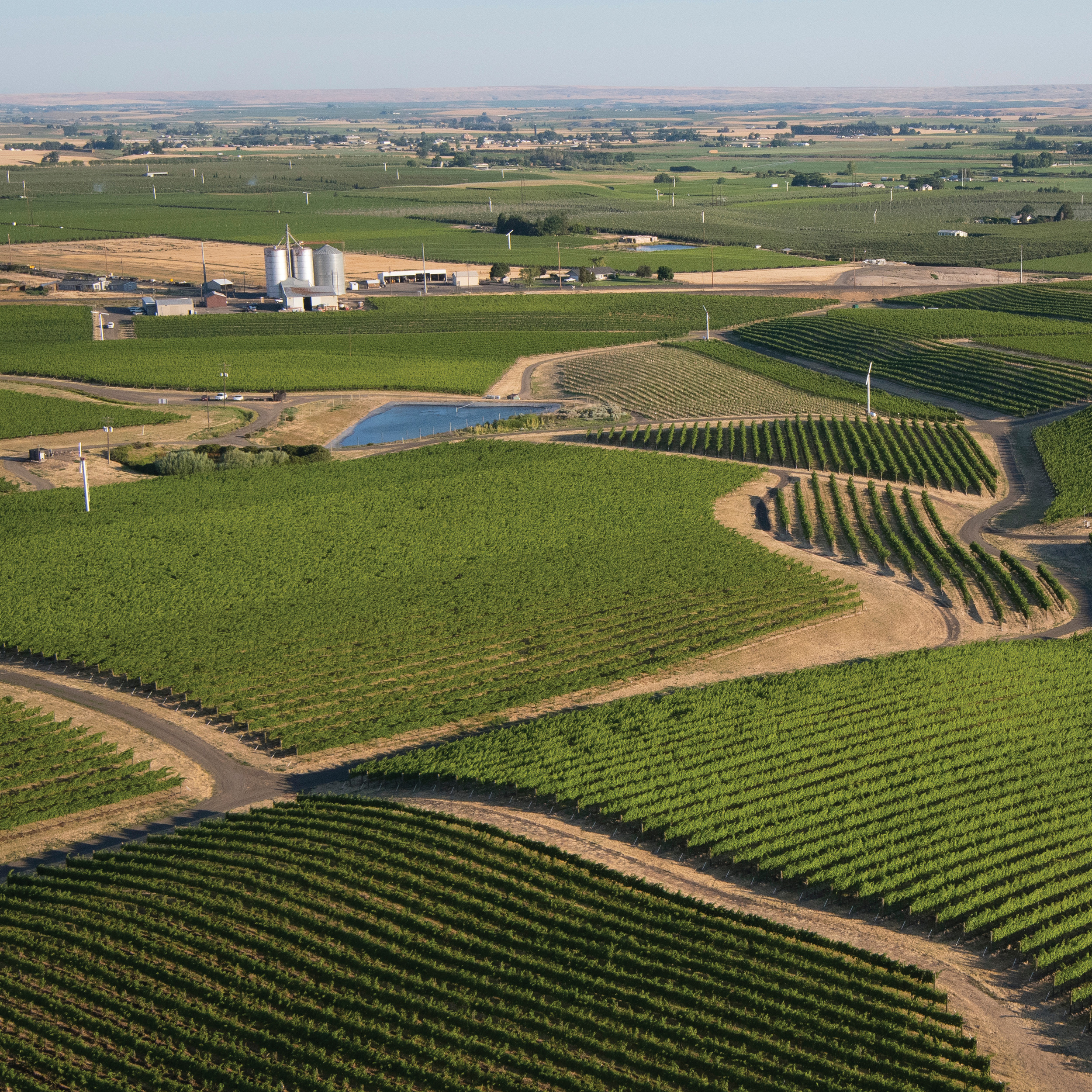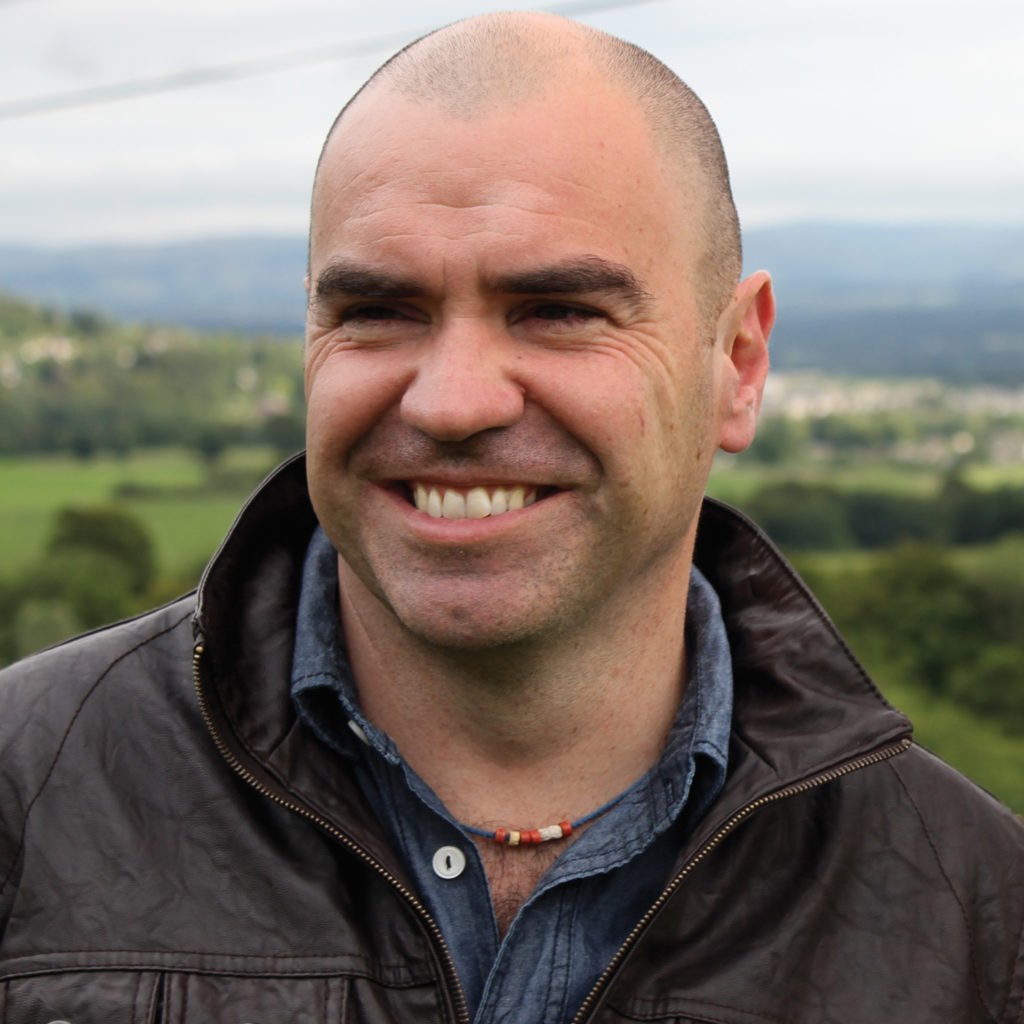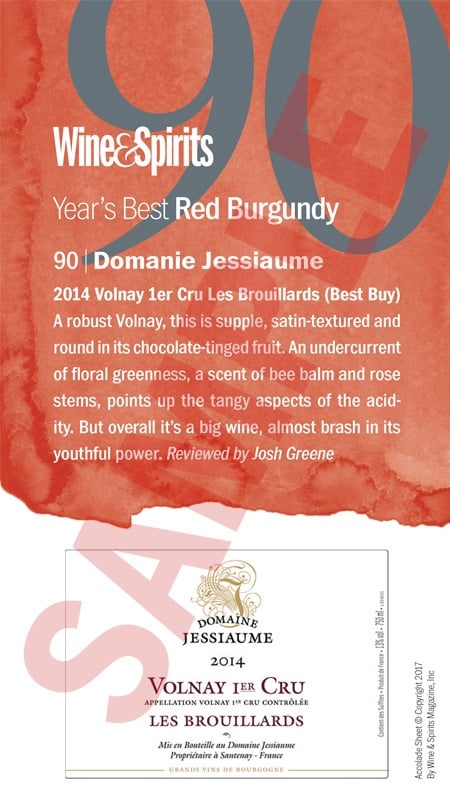They say you only get one chance to make a first impression, and for carmenère, with me, that impression was thin, reedy, herbaceous and short. I don’t remember the bottle, but it came from Chile in the 1990s, when growers and winemakers had just uncovered carmenère’s identity and were…
To read this article and more,
subscribe now.
To continue reading without interruption, subscribe and get unlimited digital access to our web content and wine search.
This story appears in the print issue
of Fall 2018.
Like what you read? Subscribe
today.
















